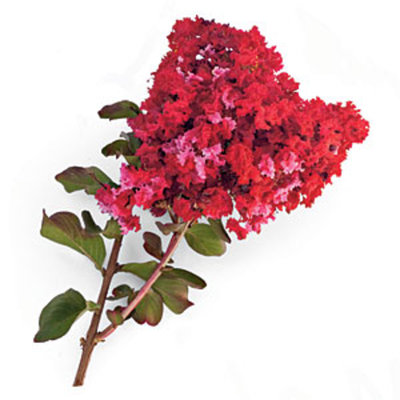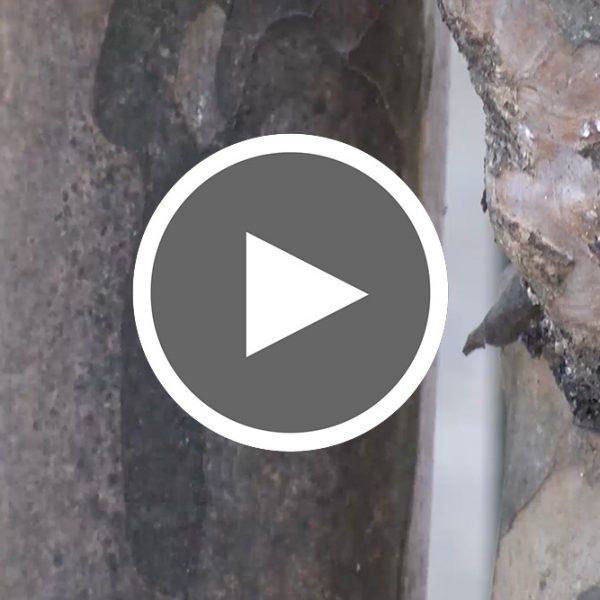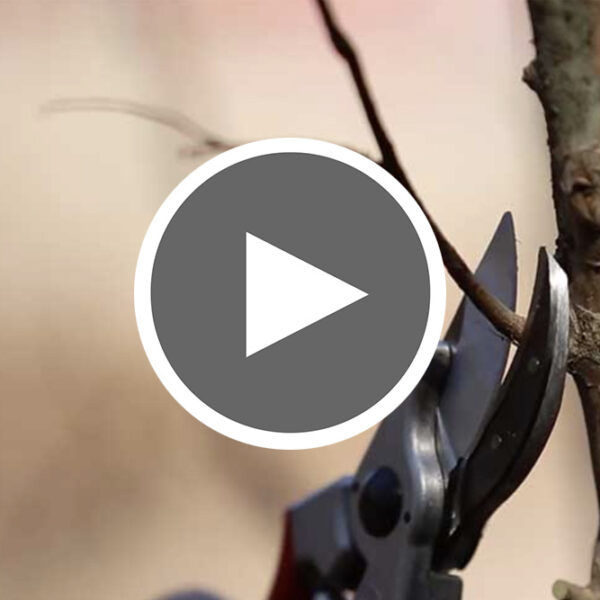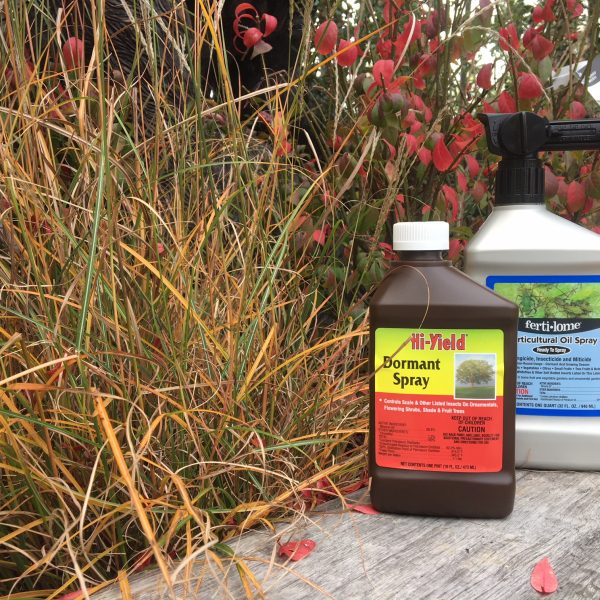Crapemyrtle
Crapemyrtles (also spelled Crepemyrtle, Crepe myrtle or Crape myrtle) are tough, deciduous, summer blooming trees. In addition to the colorful blooms, Crapemyrtles provide winter interest through the bark, which may be smooth and pale or cinnamon colored and exfoliating. Bloom color and bark characteristics as well as growth habit are species and variety specific. Spent blooms remain on the tree through the winter, providing additional winter interest. Most Crapemyrtles are multi-trunk small to medium size trees that do well in a variety of growing conditions. All do best in full sun with plenty of room to grow. Recently, there have been new releases of reddish and even ‘black’ foliage Crapemyrtles; most traditional varieties have a medium green leaf with new foliage often being reddish. Fall foliage color is orange or red.
Pruning. Correct pruning of crape myrtles is kind of a big deal; there is even a name for improper pruning… Crape Murder! Usually, Crape Murder occurs when folks try to make a tree fit in a certain space, instead of planting the right size Crapemyrtle for that space. For smaller growing Crapemyrtles, please visit our Crapemyrtle Shrub inventory. For pruning tips, please visit our blog post.
- Sun to Part Sun
- Summer blooming
- Usually a small to medium, multi-trunk tree
- Adaptable and easy to grow tree
- Mature size, bloom color and growth habit are species and variety specific
- Plant appropriately for the mature size of the tree
- Orange/ red fall color
Although Crapemyrtles are tough, in the past few years, a new and serious pest has become an issue on existing Crapemyrtles. Read more Crapemyrtle Bark Scale on this blog post. Keep in mind that this pest can be controlled if treated properly so don’t rule this plant out as an option!



